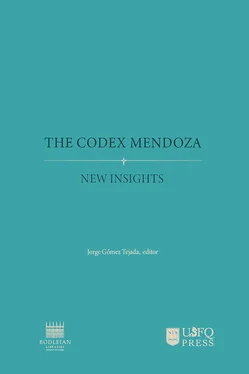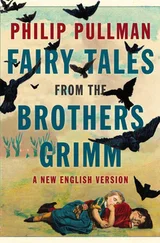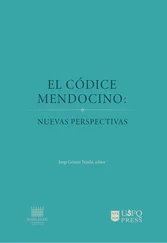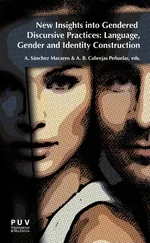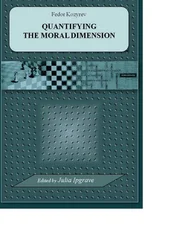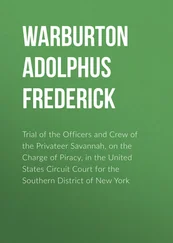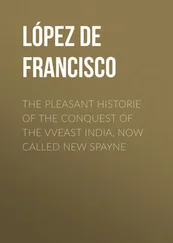Figure 10. Specimen: folio 72 only (figure 13, beta-radiograph)
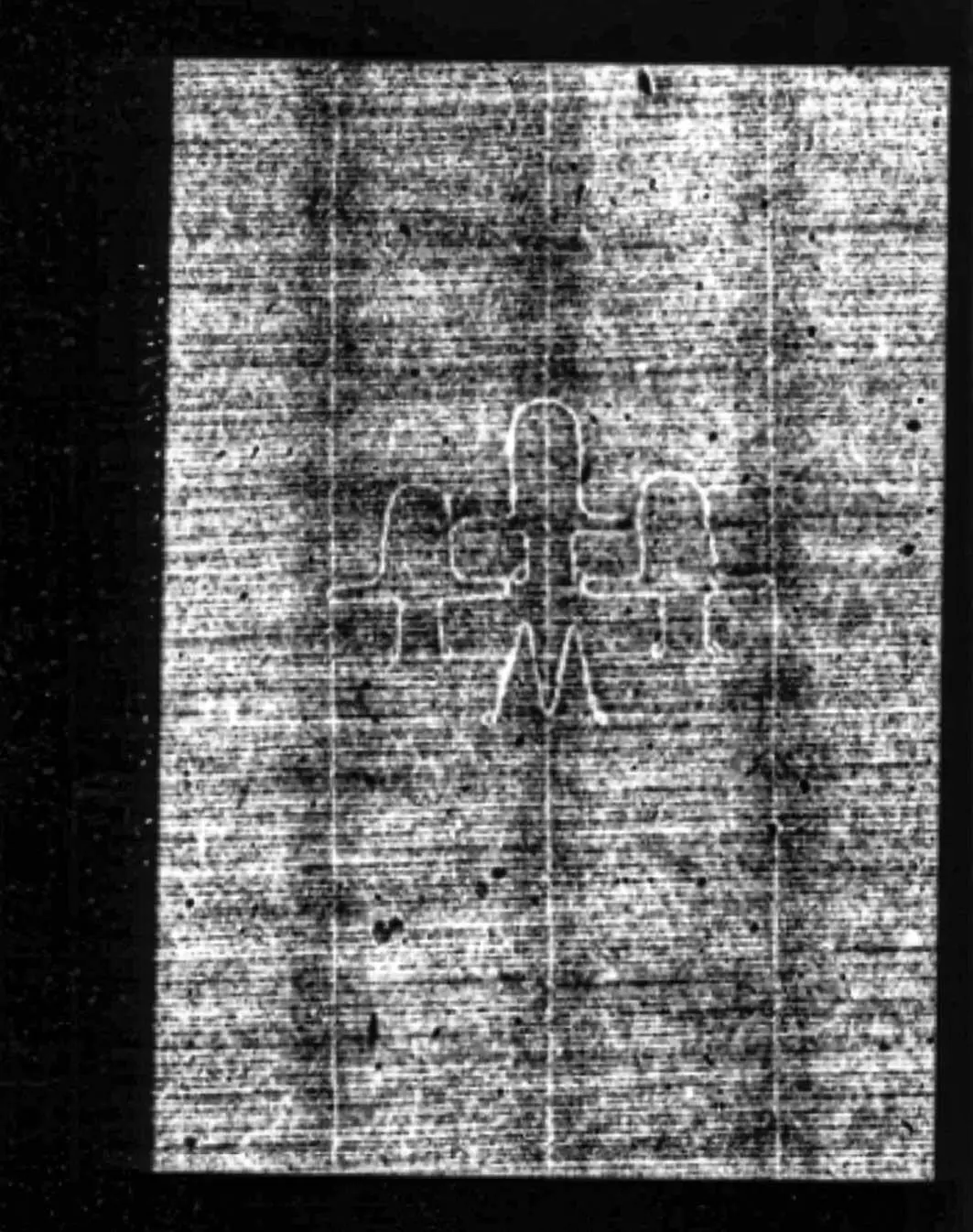
Part 2 (folios 73-84): Monetary tables
The nine tables are each written across a large folio sheet. The nine sheets were folded into bifolia and pasted together to form ten leaves, of which each of the inside eight consists of two half-sheets pasted together (see the collation chart below). Each bifolium contains a watermark in the center of one half but no countermark in the other. Two watermark patterns can be discerned; but, unfortunately, neither of the single outside leaves (folios 73, 82) happens to be the half-sheet with a watermark, and the paste-up job makes it impossible to make beta-radiographs or to observe the fine detail well enough to distinguish between molds.
Pattern I: Fleur-de-lis in crowned shield over WR monogram
This pattern was common throughout the seventeenth century, cf. Heawood no. 1660, 1721, 1721A, 1724, 1761-2, 1768-9, 1781.
Specimens: folios 74[a], 75[a], 75[b].
Pattern J: Crozier in crowned shield over the initials NCH/M
This pattern, less common, seems very similar to Heawood no. 1199 (“Schieland Records”, 1616).
Specimens: folios 77[a], 78[a], 79[a], 80[a], 81[a], 81[b].
Lower endpapers of the seventeenth-century binding
Unlike those at the front, the lower endpapers clearly belong to the period of the present parchment-covered boards (seventeenth-century English work).
Pattern K: Bunch of grapes with countermark “A.GOUTON”
The countermark on the flyleaf (folio 85), running vertically between chain-lines with the name “A. GOUTON” in a narrow cartouche, is close to Heawood no. 2252 (London, 1607). The position of the “grapes” watermark as stuck down in the pastedown makes its pattern less clear to the eye and inaccessible to beta-radiography, but the tip of the bunch seems to terminate with a small cross, as in Heawood 2252.
Figure 11. Specimen: folio 85 (figure 14, beta-radiograph) + lower pastedown, conjoint
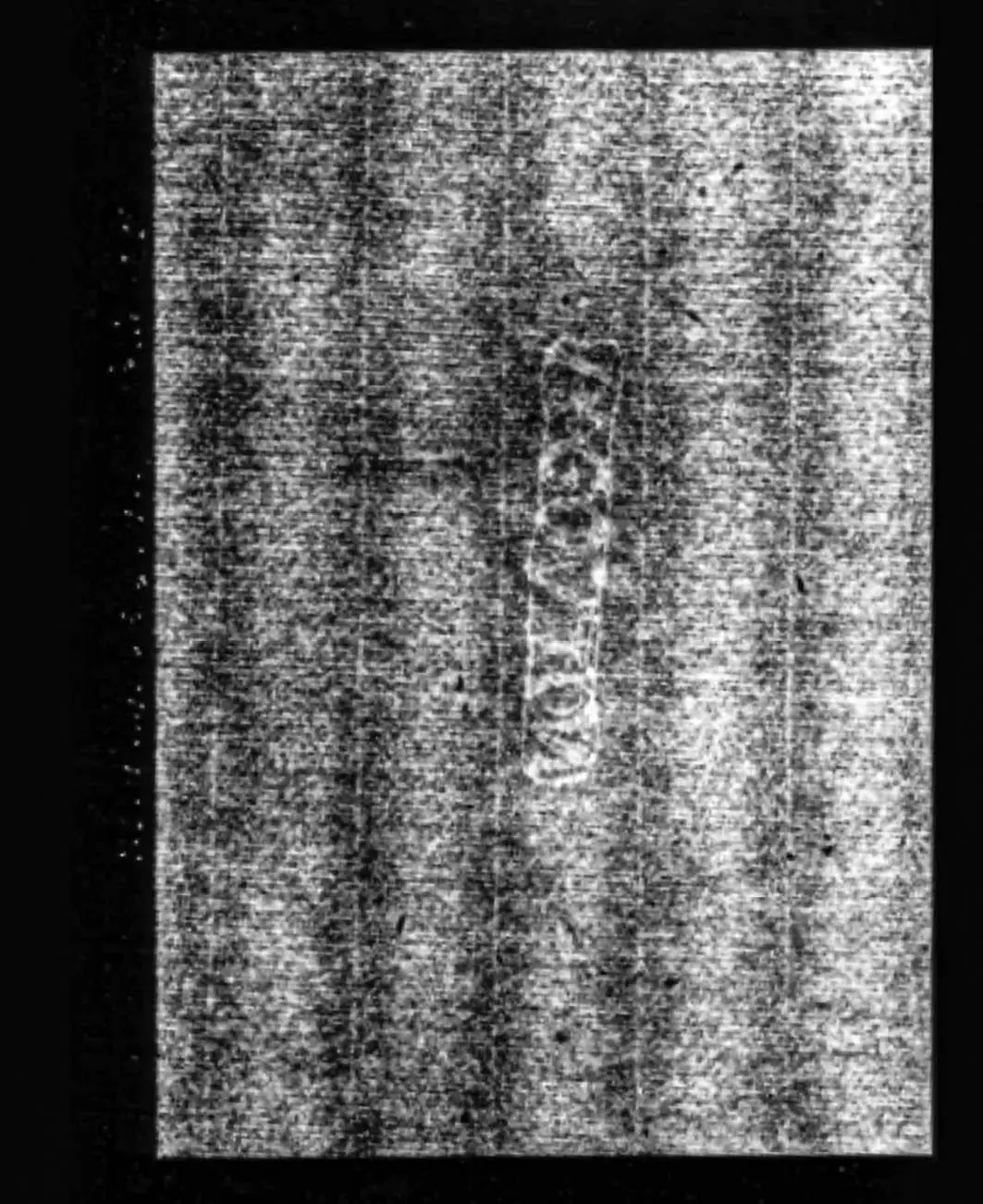
Numbering systems:
Quire signatures, foliation, etc.
Quire signatures
There are two types of quire signature, both of which appear in the top margin of the first leaf of the quire:
a.Near top edge, towards center. A small, neat sign written with a sharp-cut pen in dark ink, always shaped like a “7” (though clearly not intended to represent that numeral). The first appears on folio 11r (Quire II) and the last on folio 66r, the first leaf of Quire VIII. The sign is not visible on folio 1r.
Although of indeterminate date (in the absence of any palaeographically datable forms), it seems likely that this system of identical quire markings would have predated the numbered system described as (b) below. The sign at folio 21r (Quire III) is crossed out with a diagonal line (see below).
b.Top right-hand corner. An arabic numeral, plainly visible from “2” (folio 11r) to “7” (folio 56r) (none on folio 66r), written in ink and sometimes bracketed off with curved or straight lines. These were written before the folio numbers, since the latter are sometimes displaced to the left in order to allow room for them (e.g. folio 31r) and/or are separated from them by an additional diagonal line (e.g. folios 11r, 41r). The similar ink-colors, form of the numerals, and bracketing suggest that these quire numbers and the folio numbers were probably written by the same person, and, if so, without doubt, at the same time. All these quire signatures except the “2” on folio 11r have been crossed out with a diagonal ink stroke, possibly at the time of foliation; on folio 21r, the “7”-shaped quire sign is similarly crossed out.
There is no quire signature in the familiar position at folio 1r, though it is possible that a curving vertical stroke at the center top margin, crossed through with a long horizontal stroke, might have been intended as the “1” of this sequence.
Foliation
The still-used foliation of the Codex Mendoza consists of a sequence “1” to “71,” written boldly in dark ink at the top right-hand corner of each leaf; each number is marked off on the left and below with a curved line. It seems likely that the foliation was created in the seventeenth century, although it is difficult to be more precise. The fact that it does not extend into Part 2 is interesting but not decisive. The foliation is of particular importance for the order of leaves in Quire VI (folios 51-5), q.v., where the folio numbers of folios 53-5 show signs of alteration.
For some openings in the second and third sections of the Codex Mendoza, the folio number of the recto is repeated on the facing verso, in the same hand and usually with the familiar bracketing line. This happens especially at the beginning of the sections, presumably to show that the opening is to be read across as a unit of text and pictures, with “19” (on 18v) and “20” (on 19v) at the start of the tribute section, and “57” (56v), “58” (57v) and “59” (58v) at the start of the final section on the Aztec life. Whilst this could possibly mean that the foliator intended to number openings rather than folios (and maybe sometimes rather than always), the modern convention is to interpret and cite the numbers only as folio numbers (thus, the first opening of the third section is to be cited as “folios 56v-57r,” not “57-57”).
The folio numbers on the versos also occur in two openings in the middle of the tribute section, with “fo. 43.” (at folio 42v) and “fo. 44.” (43v): unusually with the word “f(oli)o” stated, but bracketed as usual. Finally, the last few openings of the section are also marked with “51” (on folio 50v), “52” (51v), “53” (52v), “54” (53v) and “55” (54v). These are entered correctly and without alteration. They may have been added there, by the seventeenth-century foliator in an attempt to arrange the disordered leaves (and corrections to the main folio numbers) in this area of the manuscript: see further at Quire VI.
Folios i-ii and 71-85 were foliated in pencil in Bodleian style, probably in the hand of Falconer Madan (late nineteenth/early twentieth centuries). Folios I and II were foliated by Bruce Barker-Benfield in 1986.
Item number (?)
Folio 1r also contains a “1.”, boldly written in ink at the lower edge of folio 1r, towards the right. This could be interpreted not as a quire signature, but as an item number of the seventeenth century or later. This number was probably not added prior to the time of the present binding, since it more or less matches in position with a “II” written at the lower edge of the first page of Part 2 on folio 73r. However, the latter’s numerals are smaller and the position not so far to the right of center, so this interpretation is not certain.
Collaboration, quire by quire
Conventions used in the following collation charts:
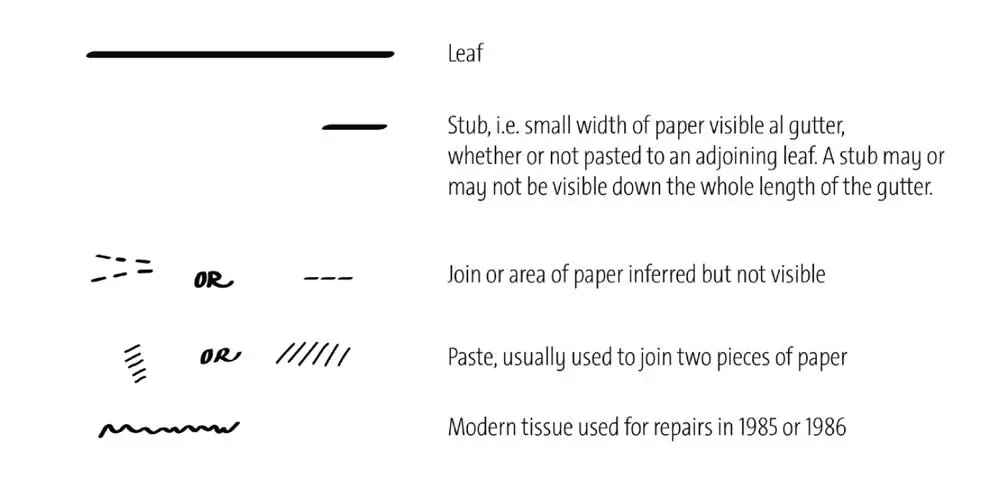
Watermark conventions

Part 1: Codex Mendoza with front endpapers
Front endpapers & Quire I
It seems clearest to present the complex evidence for these leaves in reverse chronological order, from the present visible evidence back to hypothetical reconstructions of their original arrangement. Accordingly, the discussion starts with a list of the changes made during the repairs of 1986 and graphic representations of the visible evidence in two charts, chart 1 “after” and chart 2 “before” the changes of 1986. Chart 3 restates the evidence of chart 2 to provide a hypothetical reconstruction of how the leaves were then attached during the period between the seventeenth-century binding and the repairs of 1986. Chart 4 focuses only the front endleaves and a hypothetical reconstruction of their state before the seventeenth-century binding, as evidence of a previous binding. While charts 5-6 present alternative reconstructions of the original structure of Quire I (omitting the endleaves).
Читать дальше
